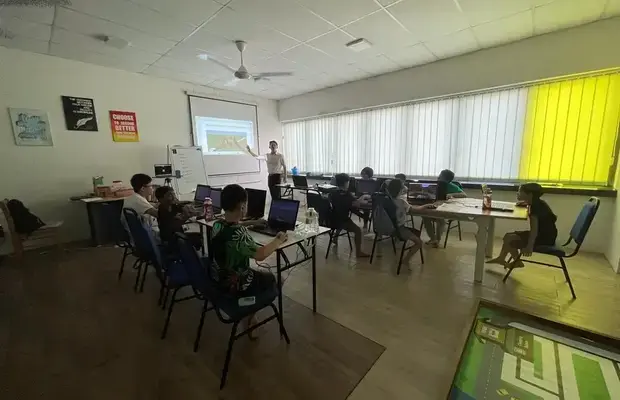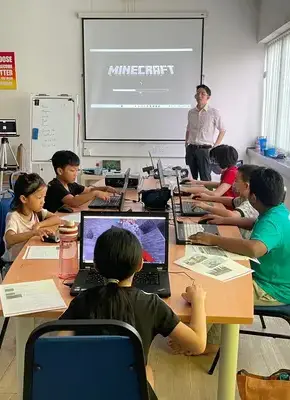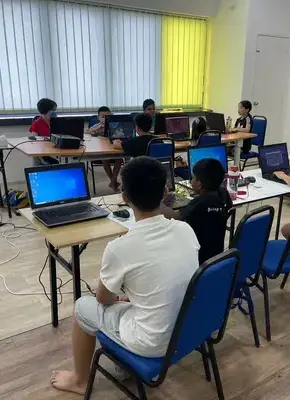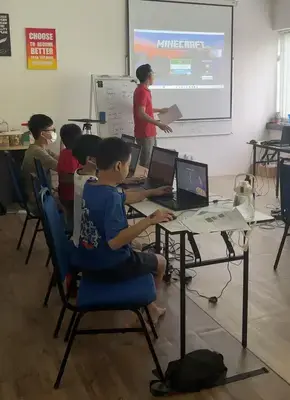Game Development Programming
Game coding for kids: Learn to program amazing game
Stop just playing games—start creating them! Learn coding and design through exciting projects, transforming your child's imagination into amazing games.
7+
years old
90
Minutes / Week
2
Academic Year at least to complete
8
children up to in groups

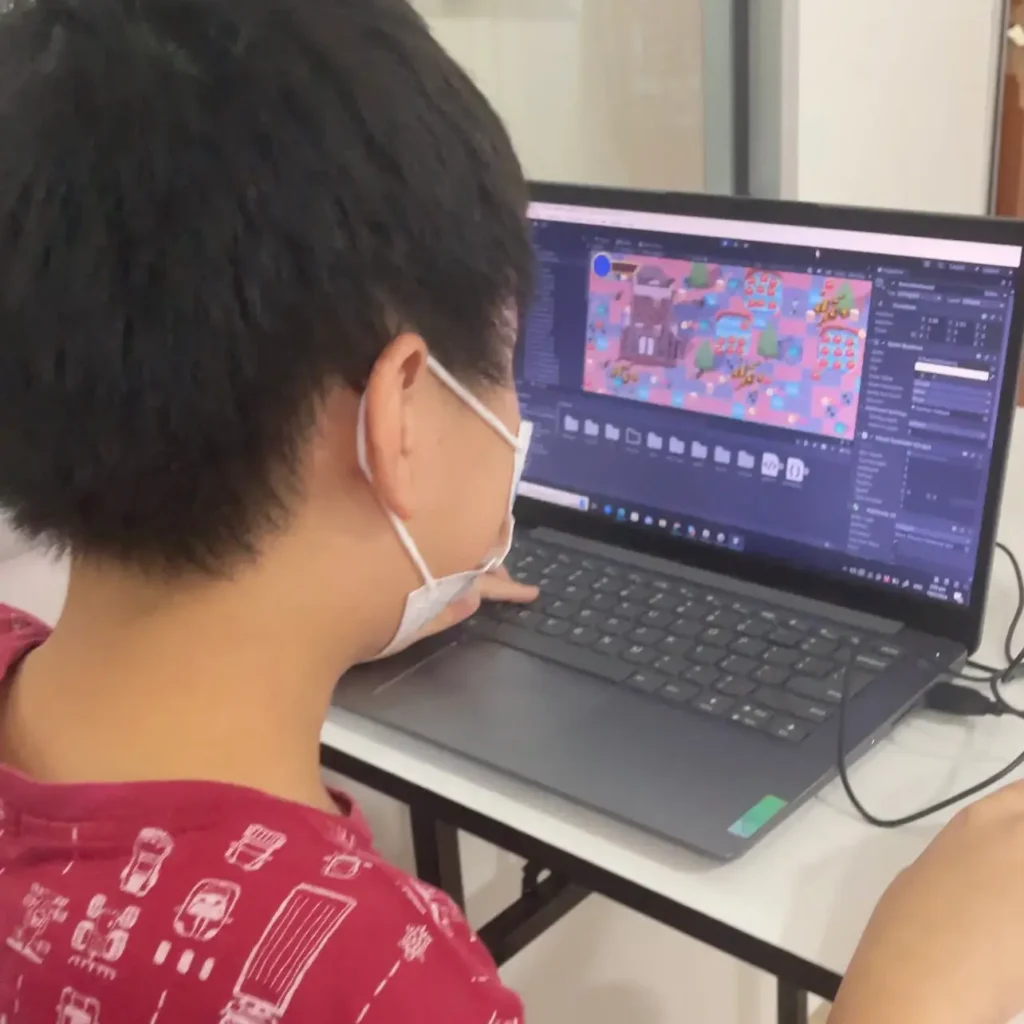
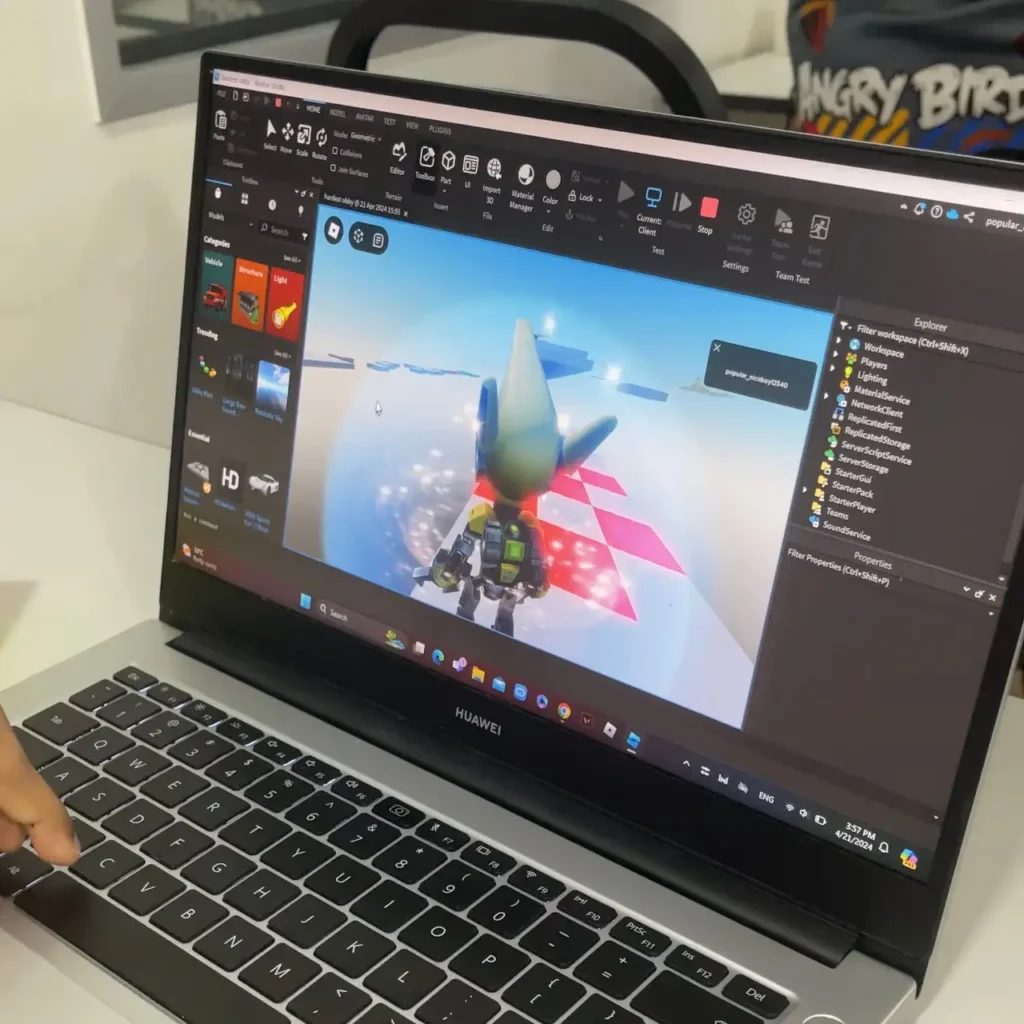
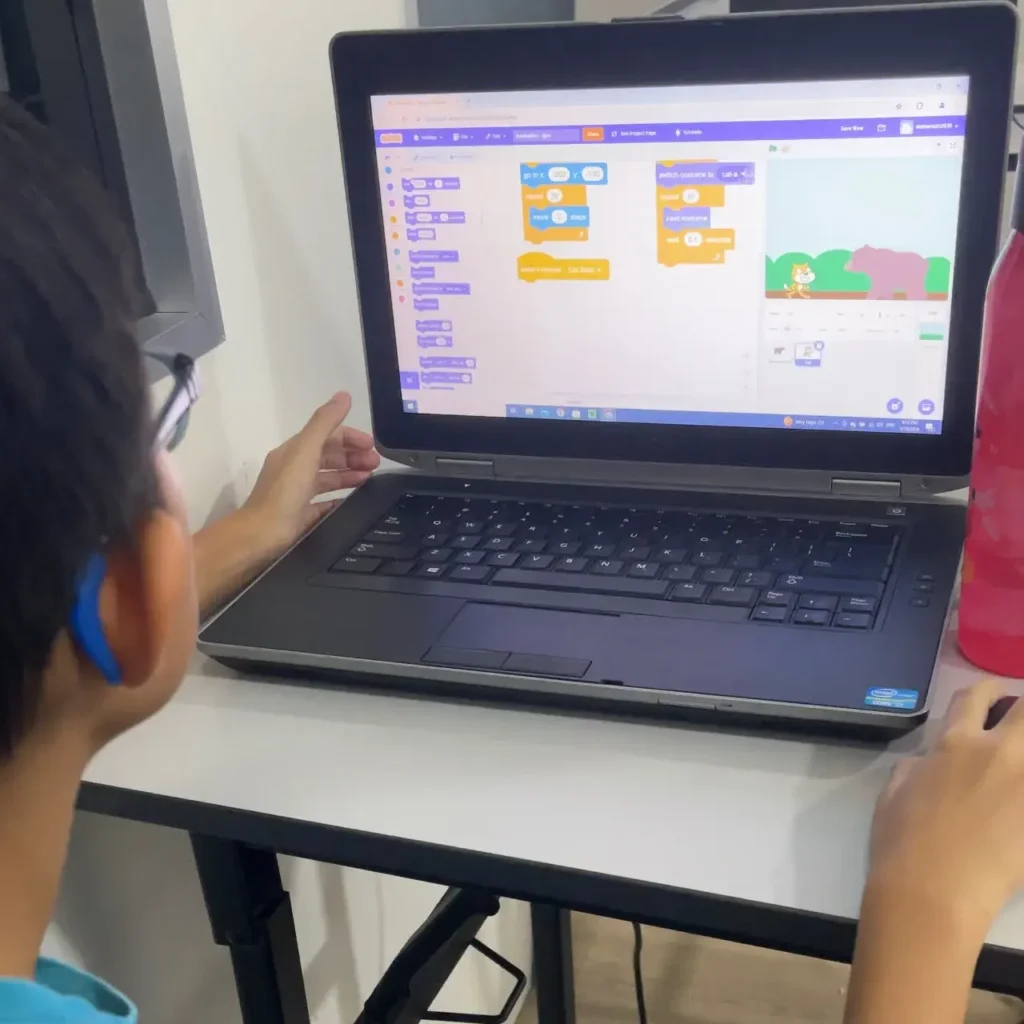
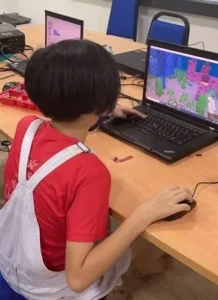
- Develops imagination
- Enhance persistency
- Raise problem-solving skill
- Confidence
- Encourage creativity
- Foster teamwork
- Boost logical thinking skills
- Enrich communication
- Improve concentration
- Prepare for industry 4.0
What will your child learn in this course
- Developing logical thinking and debugging techniques.
- Using command blocks to automate tasks and create mini-games.
- Give children the opportunity to move from being passive players to active game creators
- Working in teams to design and build large-scale projects.
- Implementing collision detection, scoring systems, and basic AI.
- Building 3D worlds, character controls, and camera systems.
- Learn the basic principles of programming, with functions, logic, loops and variables
- Exercise the brain by learning to program beautiful structures in a simple way
- Learn circuit concept with red stone and create automated machine in Minecraft
- Creating simple 2D games and animations using sprites and scripts.
- Implementing complex mechanics like physics, AI, and multiplayer functionalities.
Course Outline
Minecraft
(7-8 years old)

- Stage 1: Learn teleport, time setting, fill command with command blocks to build houses.
- Stage 2: Learn how to summon and kill entities, use chain command blocks to build command sequences.
- Stage 3: Build mini game in Minecraft with scoreboard, test-for-block commands & NPCs.
- Stage 4: Final Project - Design and create mini game in Minecraft world by his own.
Scratch
(7-11 years old)

- Stage 1: Sprite movement and animation programming to create your animation story.
- Stage 2: Sprite with keyboard control and conditional programming, make mini games.
- Stage 3: Using operator and math equation with logic operation, game menu setup.
- Stage 4: Final game project – create own game.
Python Basic
(12-13 years old)

- Stage 1: Solid understanding of Python basics
- Stage 2: Working with loops, functions, and basic data structures.
- Stage 3: Delving into object-oriented programming (OOP): classes, objects, and methods
- Stage 4: Creating a graphical user interface (GUI) application or a basic data analysis project.
Pygame
(14-15 years old)

- Stage 1: Create simple games, and handle basic user interactions.
- Stage 2: Working with sprite groups for better game organization with advanced mechanics like collision detection and animations.
- Stage 3: Implementing advanced collision detection, physics, and AI (basic enemy behavior).
- Stage 4: Creating and managing multiple levels in a game with AI and custom interfaces.
Unity
(15-18 years old)

- Stage 1: Learn teleport, time setting, fill command with command blocks to build houses.
- Stage 2: Learn how to summon and kill entities, use chain command blocks to build command sequences.
- Stage 3: Build mini game in Minecraft with scoreboard, test-for-block commands & NPCs.
- Stage 4: Final Project - Design and create mini game in Minecraft world by his own.
Requirements
- No prior knowledge / experience is required
- No PC is required as we provided PC (You are welcome to bring your own for download)
- Tablet / Laptop (Must be Windows 10 if laptop) with 8GB RAM
- Tablet / Ipad will need to purchase app by yourself
- Stable WIFI / internet connection
Description
We’ve been teaching game development for years, and one of the most rewarding experiences is seeing the light in a child’s eyes when they realize they can create something entirely their own. It’s that moment when “just playing games” turns into “creating games”—and it’s incredible.
Minecraft: Building a Foundation for Creativity
Let’s start with Minecraft. Kids probably spend hours building elaborate structures and exploring endless worlds. But what if I told you that this seemingly endless screen time could be harnessed to teach critical thinking and basic programming logic? In our Minecraft course, we dive into the game’s creative mode, but with a twist. Kids learn to use Redstone to create logic circuits, automate tasks, and even start dabbling in command blocks for simple coding. I’ve seen students who once spent hours just building now using those skills to create fully functional mini-games and automated worlds. It’s about taking what they love and turning it into a powerful learning experience.
Scratch: The Gateway to Coding
Moving on to Scratch, I often call this the “gateway to coding.” Scratch is a visual programming language where kids drag and drop code blocks to create interactive stories, games, and animations. I remember one of our students, Emily, who was hesitant about coding because it seemed too “techy” for her. But once she got the hang of Scratch, she was unstoppable. She created a multi-level game where a cat had to navigate through mazes to find hidden treasures, complete with sound effects and animated characters. Scratch is perfect for building confidence, especially for kids who think coding is too complicated. It breaks down those barriers and shows them that they can create whatever they can imagine.
Python Basics: Stepping into Real Coding
Now, Python might sound intimidating, especially for younger kids, but trust me—it’s not. Python is one of the most beginner-friendly programming languages, and it’s a fantastic way to introduce more serious coding. When we start with Python, we keep it simple—creating text-based games like a “Guess the Number” game or a basic quiz. These small projects are great confidence boosters. It’ll make all the difference—where they start to see themselves as creators rather than just consumers of technology.
Pygame: Bringing Games to Life
Pygame is where things start to get really fun. This is where students take their Python skills and apply them to real game development. They begin creating 2D games, learning about sprites, collision detection, and game loops. Kids can recreate classic game such as “Space Invaders”, adding their own twist with different levels and power-ups. Watching kids transform their passion for games into creating something tangible was a proud moment for them and me.
Unity: The Gateway to Professional Game Development
Finally, we reach Unity—a powerful game engine used by professional developers around the world. By the time students reach Unity, they’re ready to dive into 3D game development, creating complex worlds, characters, and game mechanics. This is where all the skills they’ve learned come together. I’ve seen students create full-fledged 3D games that they can play with friends and family, and some even go on to share their games online. It was a beautiful blend of creativity and technical skill, and it all started with that first step in Minecraft.
Why Your Child Should Join Us
In today’s digital world, understanding how technology works is more important than ever. But more than that, it’s about giving our kids the tools to create, innovate, and express themselves in new ways. Through game development, your child won’t just learn to code—they’ll learn to think critically, solve problems, and bring their imagination to life. Whether they’re just starting out with Minecraft or ready to tackle Unity, there’s something here for every skill level.
So, let’s turn that screen time into something amazing. Join us on this exciting journey and watch your child transform from a game player to a game creator. It’s a decision that could shape their future in ways you can’t even imagine.
